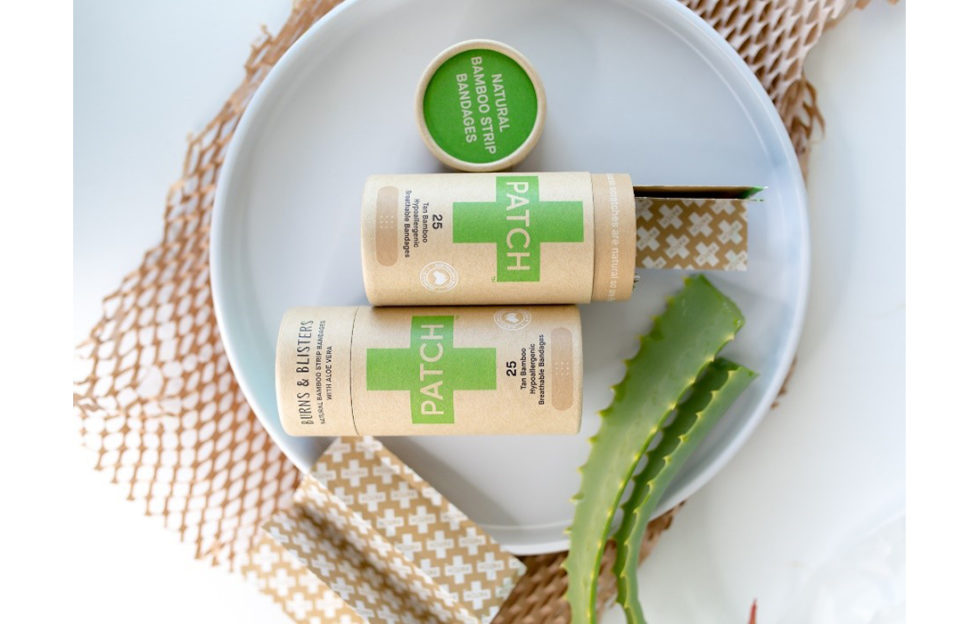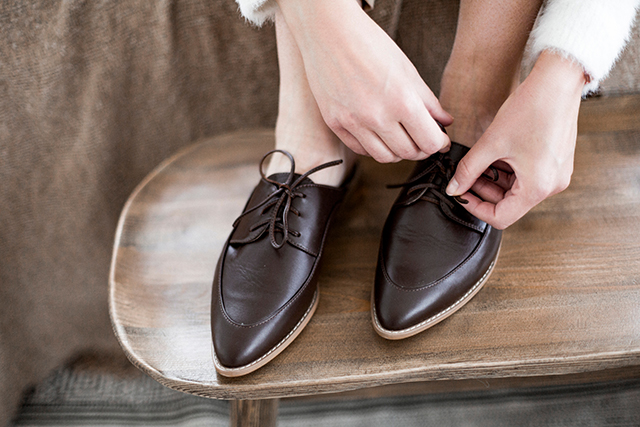5 Surprising Allergies (and what you can do about them)

While many may suffer from allergies to animal dander, food, pollen, dust and mould, there are some more unexpected culprits…
James Dutton, founder of PATCH, the world’s first compostable and hypo-allergenic plaster, shares his learnings on the unexpected allergies he’s come across through his time in the industry.
Plasters
There’s a growing population of people with hypersensitive and allergy prone skin, who can experience adverse reactions to common wound care products, leading to itchy, inflamed skin or even rashes and scarring. In fact, research suggests that around 25% of the global population are unable to wear traditional plasters.
This is because many regular plasters and wound care products can contain aggravating chemicals and ingredients that can be harsh and abrasive on skin, particularly a chemical known as thermisol or merthiolate. In addition, the adhesive sheet used in many traditional plasters is usually a woven fabric, plastic (PVC, polyethylene or polyurethane), or latex strip. But allergies to these materials, particularly latex and some adhesives, are common.
Thankfully, today there are some incredible products available which can help. For instance, we created PATCH plasters out of sustainable and soft bamboo fibre, which makes them not only hypoallergenic, but also the only latex, paraben free, sulphate, thimerosal/merthiolate-free wound care on the market. They are a highly effective and sterile but are also made with sustainable materials so that the whole unit is also completely compostable – which is as natural as can be!
Sun Cream
Sun cream is designed to protect the skin from harmful UV rays; however, it often contains chemicals which many people with sensitive skin can experience an allergic reaction to. Symptoms of a sun cream allergy may look similar to that of heat rash or sunburn, or can include hives, blisters, bleeding, scaling or raised bumps – although this list is not extensive!
One way to prevent an allergic reaction to sun cream is by avoiding ingredients you know you’re sensitive to. Some of the most commonly used ingredients that can cause reactions include benzophenone, dibenzoyl methane, cinnamates and added fragrances. Some brands, like Ultrasun and La Roche-Posay, offer creams for very sensitive skins but always patch-test any new substance you use on your skin and take guidance from a medical professional on the best alternative for you.
Coins
If you experience an allergic rash on your hands after handling coins, you could have a type of contact dermatitis – a reaction to nickel, one of the metals from which coins are made. Along with coins, nickel is a silvery metal that is often found in jewellery, fitness trackers, zips and many other products!
Skin-patch testing can help you to find out if you are allergic to nickel, and as with other allergens that cause contact dermatitis, the best way to avoid a reaction is to reduce or eliminate your exposure to the substance.
The sun
Luckily, this one is very unfortunate and rare. A sun allergy is a condition that occurs when the immune system reacts to sunlight. For some people, the sun can bring on redness, itching, painful rashes and hive-like bumps, although the appearance of skin affected by sun allergy can vary, depending on what’s causing the problem.
Fortunately, sun allergy is very rare, although people who have a severe sun allergy should take preventive measures and seek medical advice to determine the best solution.
Leather shoes
There are a number of different chemicals known to cause contact dermatitis as a result of wearing leather shoes – the most common being dimethyl fumarate, which is used as a tanning agent on leather products.
If you’re allergic and come into contact with leather, the skin may get red and tender, or can result in itchy, burning, peeling or dry skin. Wearing socks with leather shoes may help to prevent a reaction, or avoid wearing leather altogether.
That said, if you’re unsure whether your allergy stems from leather, I would recommend visiting a medical professional, who can carry out a patch test and examine your skin to identify the allergen.






